Henning Larsen Architects Wins City Development Competition in the Faroe Islands
By Bustler Editors|
Wednesday, Jun 6, 2012
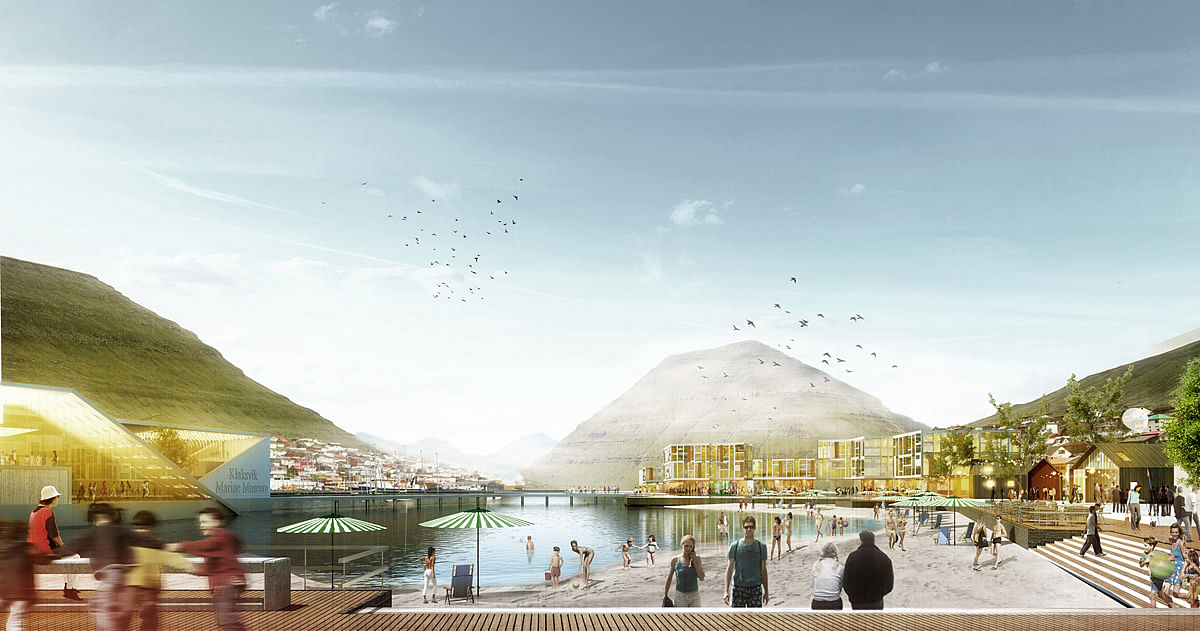
Related
Copenhagen's Henning Larsen Architects has won the competition for developing a 150,000 m2 (1.6M sq ft) area in the second-largest city in the Faroe Islands, Klaksvík. The area will comprise a cultural house, a museum, residences, offices and shops. 154 competition proposals were submitted in this open, international competition.
On the basis of the winning proposal, the Municipality of Klaksvík will prepare a new district plan for the development of the city. The plan is expected to be ready during 2012.
Project Description from the Architects:
Klaksvík is the second-largest city in the Faroe Islands and is situated in the island of Borðoy, the largest of the northern islands. Klaksvík spans over two opposite mountain ridges, connected by a low-lying area where two inlets meet. The location of the city makes it particularly exposed to the wind. Thus, comfort and microclimate are important factors in the development of the city.
Klaksvík’s new city centre will be established where the two inlets meet. The urban development plan incorporates and strengthens the existing qualities of the city. It creates an adventurous and vibrant city centre with a sheltered city square that will provide the framework for cultural activities and numerous other opportunities. The city square forms a natural connection to the sea and will be the heart of the city.
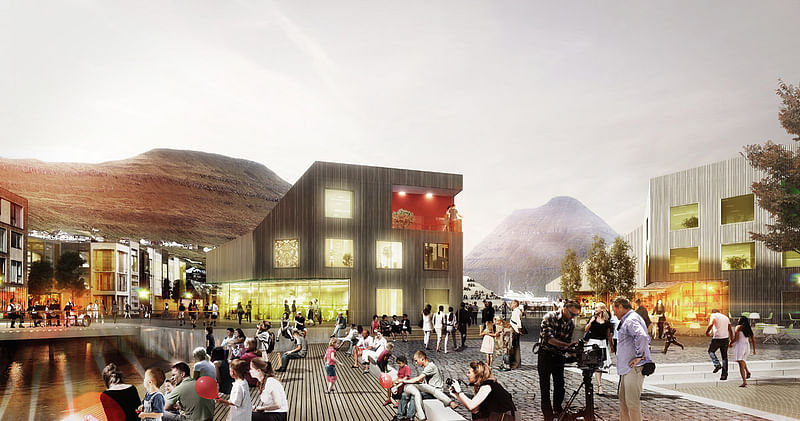
The last 50 years’ urban development in Klaksvík has allowed the wind to whistle through the streets without hindrance. As opposed to this, the proposal for the new city centre takes a historic, urban approach and re-establishes a city centre with a comfortable microclimate. Displaced building volumes break the dominant south-east and north-west winds in Klaksvík and contribute to providing new comfortable shelter zones in the city.
The new urban space is based on a star-shaped structure where the centre of the star constitutes the new sheltered city square. The pointed shape ensures that the new urban space is rooted in the existing city. Conversely, it also brings the surrounding city space, green areas, canals and beach spaces into the new square.

Klaksvík City Centre consists of a continuous system of paths that connects the three districts built around different themes: a green, recreational area; an urban development with a central, unifying city square and shops, cafes, a library, public offices, residences etc.; a maritime district with a cultural house, a maritime museum, cafes, shops, residences etc. along the new promenade.
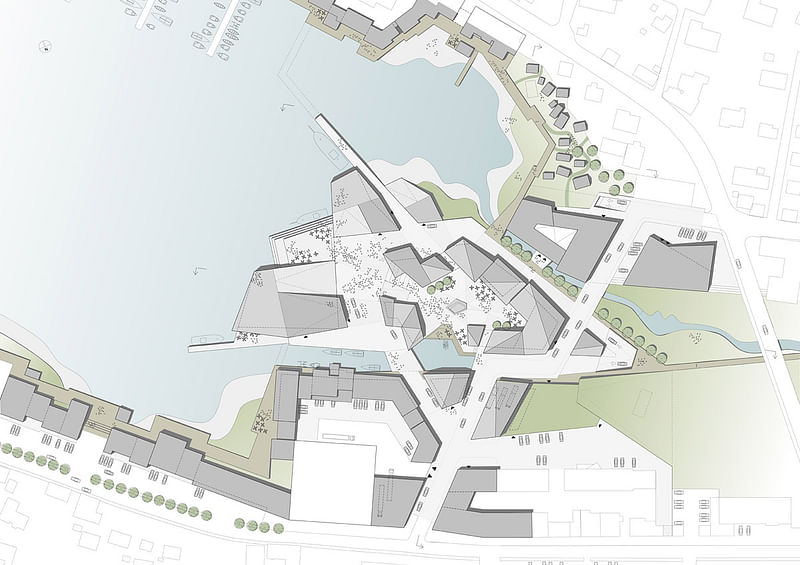
Sustainability
The proposal for the new city centre in Klaksvík, the Faroe Islands, is based on simulations of local wind conditions. The project team has worked with broken, displaced volumes and streets to ensure a calm and comfortable microclimate.
Wind comfort depends on a number of elements, the natural weather conditions of the area and the specific buildings and urban spaces. Data from accessible local measurements, local experience and knowledge have been incorporated in the project.

Klaksvík is situated in an area where two inlets meet, only separated by a low-lying area that brings together the city. The city is situated on two opposite mountain ridges where the rainy, southern winds occur more often than the cold, northern winds. Due to the two mountain ridges situated opposite each other from the south-east towards the north-west, the centre of Klaksvík is particularly exposed to winds from these two directions.

The perception of comfort and wind environment is subjective and cannot be quantified unambiguously. The proposal for the new city centre has worked with broken, displaced volumes and streets, which was also the local approach to city planning until the middle of the last century. The displaced building volumes break the dominant winds and create comfortable shelter zones in the city. With more detailed, local measurements, it is possible to adjust the volumes and thus climatically optimise the building stock.
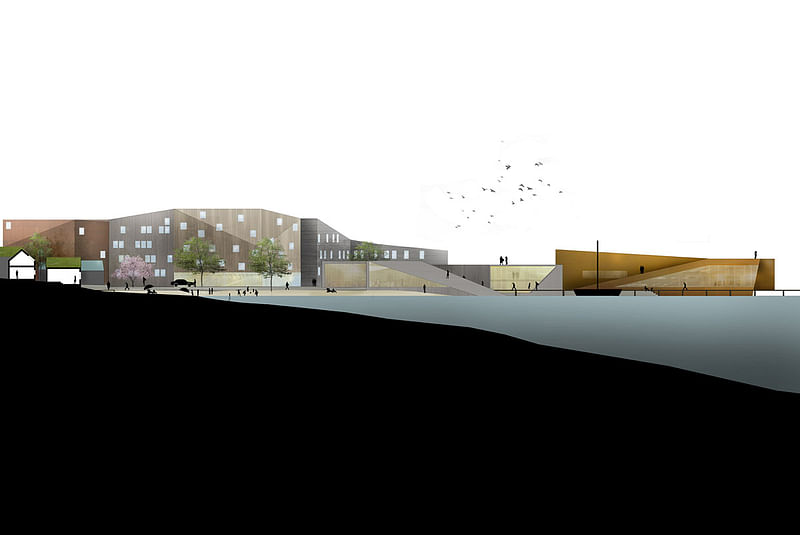
About Klaksvík
Klaksvík is the second-largest city in the Faroe Islands with 4,800 inhabitants (2010). The city is situated in the western part of the island Borðoy by a natural harbour. Klaksvík is the principal city in the island group Norðoyar living by fishing, production and trade. The tall mountains of Háfjall (647 m) and Myrkjanoyrarfjall (689 m) rise south and north of the city. Since approx. 1900, the city has been home to a large fishing fleet.
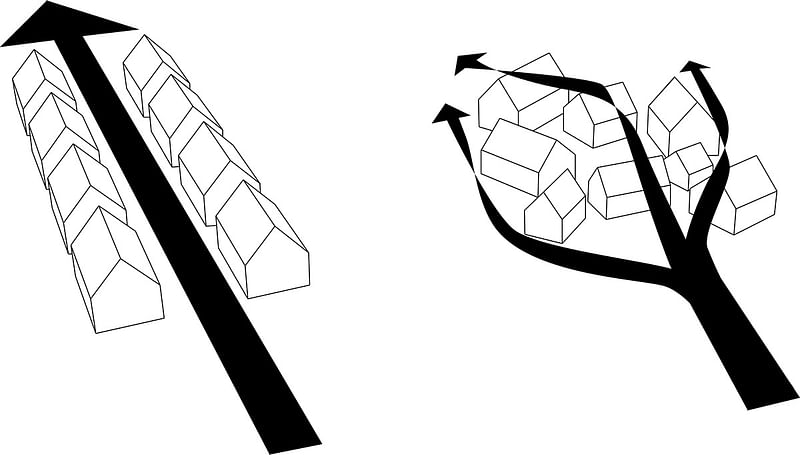
About the competition
The competition for the development of Klaksvík was an open, international competition, which was launched earlier this year. A total of 154 proposals were submitted in the anonymous competition. On 1 June 2012, the winner was announced. 30 projects are exhibited in the city hall of Klaksvík.
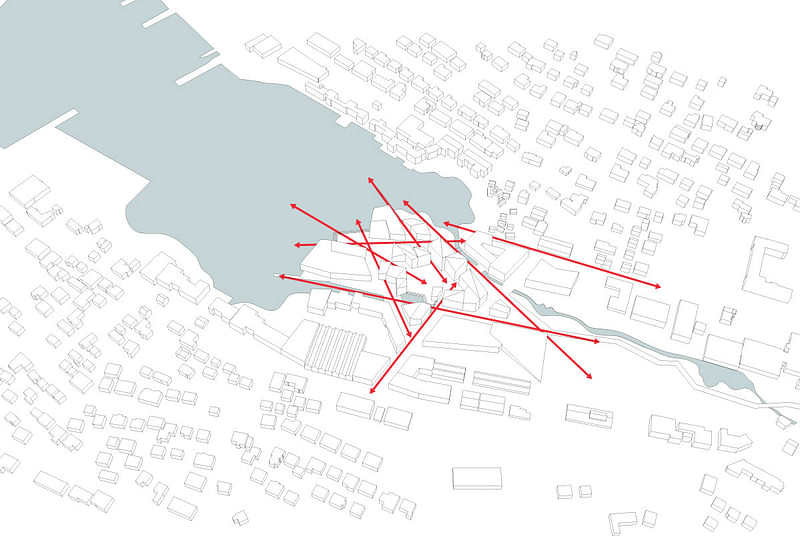
Extract from the citation:
“The plan proposed is simple and compelling with the two water streams Ósá and Vágsá opening up towards the sides of the bay. Vágsá is an urban canal that runs into a distinctive basin at the southern end of the square, whereas Ósá is an open stream that debouches into the bay on its sunny side at Biskupsstøð, where there is a sandy beach and boat houses reminiscent of Klaksvík in days gone by. Together, these features create a layout that opens up towards the water and the views in a natural way, and out here – as an attractive continuation of the urban square – are the two most important community buildings: the culture centre and the maritime museum”.
“It is the panel’s opinion that this entry provides a clear and architecturally attractive response to the requirements of the brief and that it would give Klaksvík an exciting and inspiring basis in its continued work to develop the new city centre”.

Project Details:
Project: Klaksvík City Centre
Location: Klaksvík, the Faroe Islands
Client: Municipality of Klaksvík
Architect: Henning Larsen Architects
Site area: 150,000 m2
Type of assignment: 1st prize in open, international competition
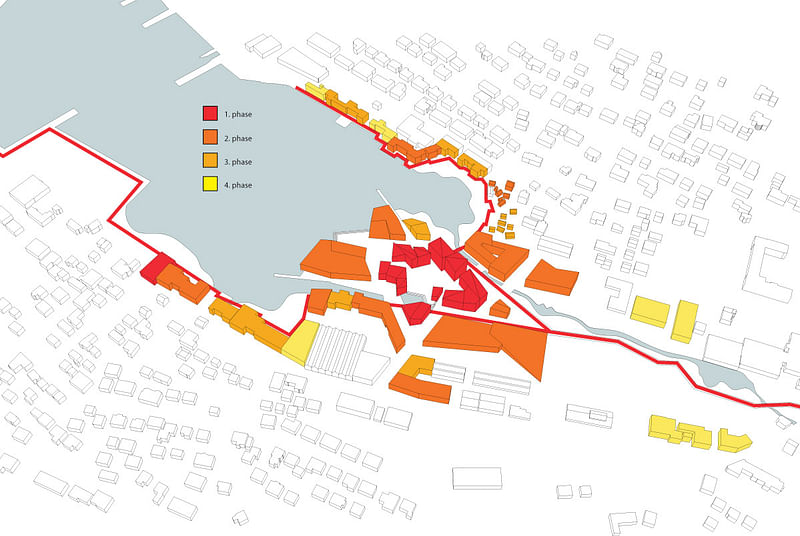
Project Credits:
Project team at Henning Larsen Architects:
Design: Ósbjørn Jacobsen (architectural design manager), Anna Sundstedt and Maine Godderidge
Sustainability concept: Signe Kongebro, Jakob Strømann-Andersen and Kalle Park
Illustrations: Wesam Asali

Share
0 Comments
Comment as :